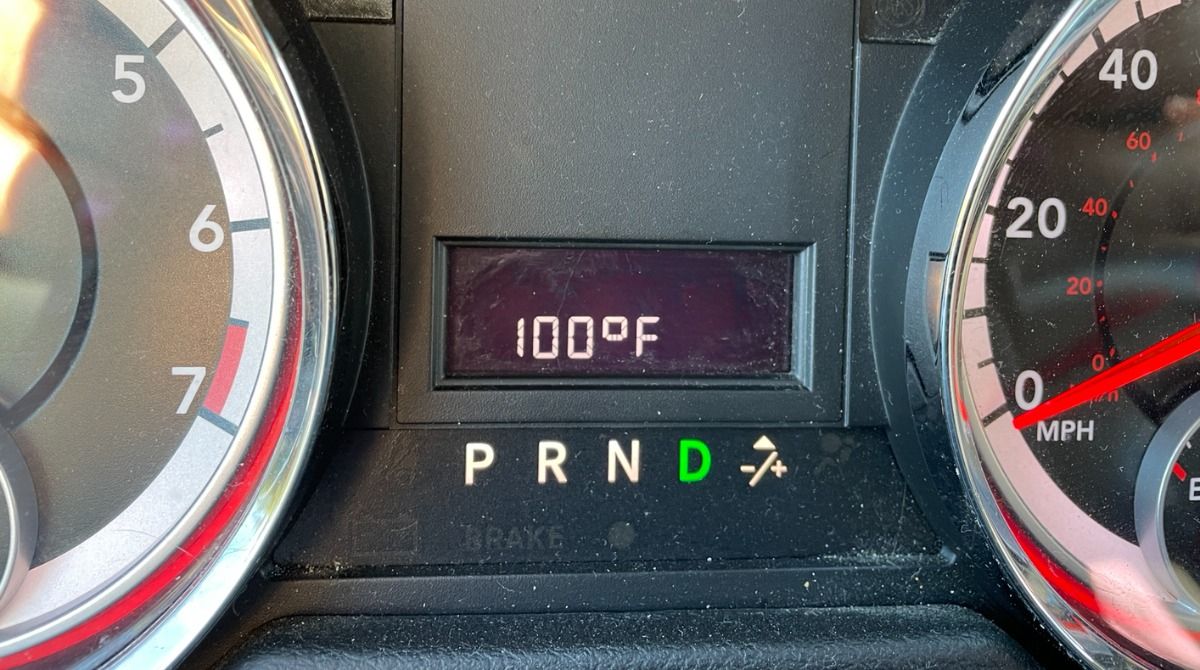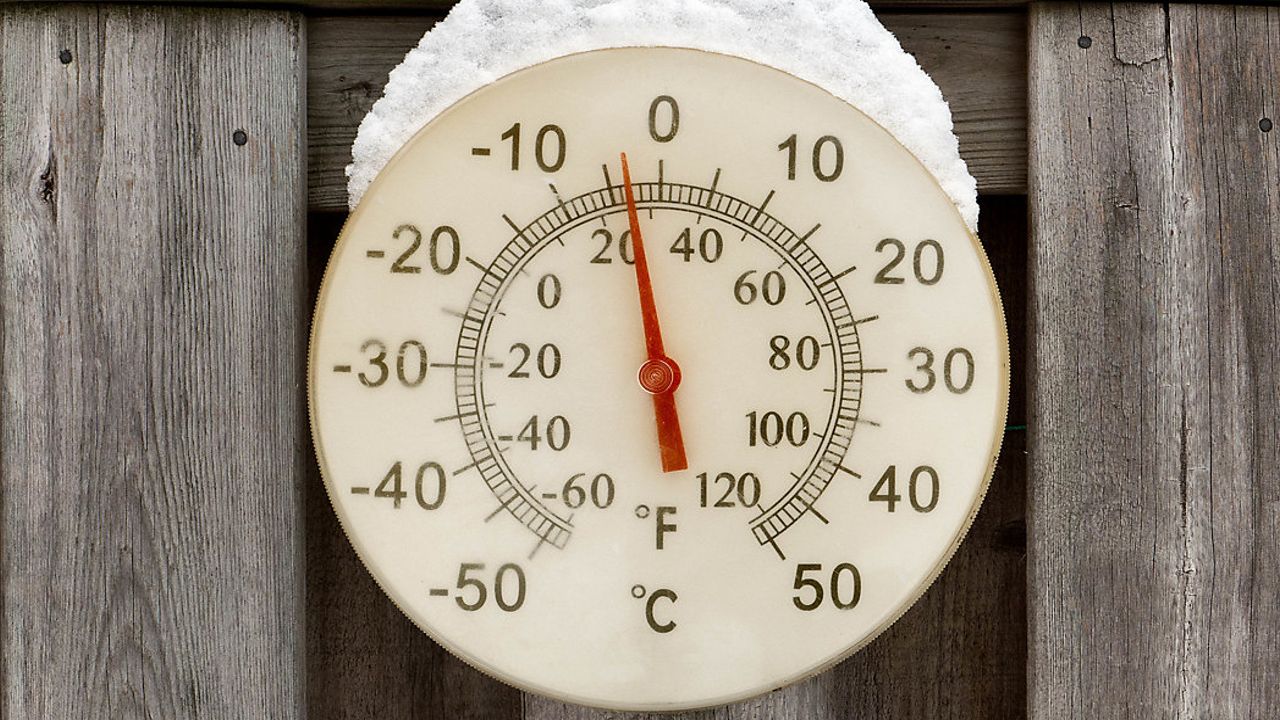Ever discuss weather with someone from a different country and get a strange look when you tell them the temperature? “It’s a nice cool 50 degrees outside.” They look at you and say “50 degrees? That’s impossible. We would die of heat exposure.”
It might just be that your friend and you are not on the same temperature scale.
We determine temperature as a measure of hot or cold. The definition from the American Meteorological Society (AMS) is “the quantity measured by a thermometer.” Which thermometer should we use?
There are two widely known temperature scales, Fahrenheit and Celsius. Here in the United States, we use that Fahrenheit scale. However, nearly the rest of the world goes by the Celsius scale.
I spoke with Dr. Don Hillger, President of the U.S. Metric Association and a Senior Meteorology Research Scientist at Colorado State University’s Cooperative Institute for Research in the Atmosphere, who explained the reasoning behind Fahrenheit and what he and his association are doing to change this.
Fahrenheit scale, named after Daniel Gabriel Fahrenheit, a German physicist in the 18th century. “Fahrenheit used a scale from the temperature of a very cold mixture of water and salt at 0 degrees F, up to normal body temperature, which is nearly 100 deg F.”
As for Celsius, Anders Celsius developed his scale in 1742, nearly 20 years after Fahrenheit. The biggest difference included measuring the freezing and boiling points of water, without salt, at sea level.
He set his scale at the boiling point of water to 0 degrees and the freezing point to 100 degrees. After his death, the scale became inverted to what we know today as 0 degrees for the freezing point of water and 100 degrees as the boiling point of water.
As for why the United States adopted the Fahrenheit scale, Hillger explains it was the preferred scale worldwide. “Fahrenheit was one of the main scales in use in England at the time the U.S. started, so we just took that on, although our founding fathers thought about adopting the metric system instead.”

Around 1965, Britain began its switch to the metric system. Although, not everything converted and as recently as 2021, some pushback remains. Yet, their temperatures are reported in Celsius.
Unless, Hillger says, “when it’s warm, they will use Fahrenheit to discuss triple digits!” Triple digit heat sounds more exciting than 38 degrees (equivalent to 100.4 degrees Fahrenheit).
As for when the United States will convert to the Celsius and the metric system, there have been attempts, including a Metric Conversion Act (1975). Hillger says, “it is ‘voluntary’; thus, the government is not pushing us to use metric.”
Adding, “We need this push to more effectively go metric, as we have been in transition now for about 50 years.”
When asked why he felt so strongly about this, he explained it was about the numbers, “Why is 32 deg the freezing point of water, and why is 212 the boiling point? Also, what does zero deg F really mean? There are nonsensical numbers, which surprise me that people want to hang on to.”
Adding, “if the U.S. started using Celsius for weather reports, most everyone would become accustomed to it in a relatively short time, maybe only a few months.”
If he thought the United States would convert to metric during his lifetime. He laughed. “I believe that the metric system is inevitable for the U.S., but that does not mean it will take over soon, based on our current rate of adoption. “
But he pointed out, “we see lots of metric use behind the scenes. In particular, the National Weather Service uses Celsius a lot.” They report all of their current temperatures in Fahrenheit, with Celsius values either below or in parentheses.
Our team of meteorologists dives deep into the science of weather and breaks down timely weather data and information. To view more weather and climate stories, check out our weather blogs section.





